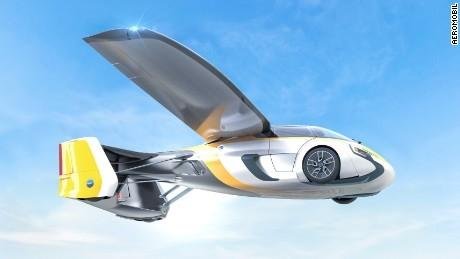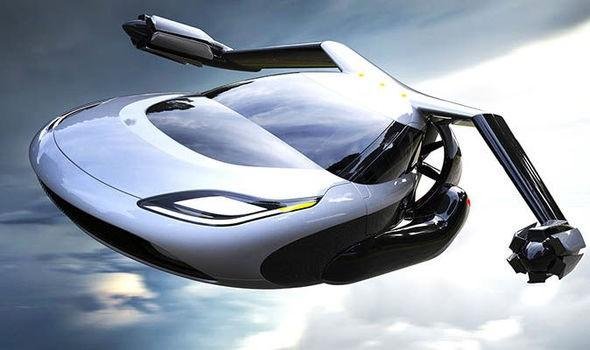Flying cars are one thing we are all looking forward to, as the year counts more scientific breakthroughs are made. Flying car is something that can really change transportation as we know it and while there be no hope for Iron-man boots and teleportation, there is a future in Flying cars.

What are the dynamics behind this and why did it happen now? I’d outline two main factors driving this area forward: significant marketing momentum and maturation of required technology.
Detailing the first point, the flying-car concept has recently met the eye of large industry players, such as Uber (with its Elevate project) and UAE government (first public flying taxi tests), which is creating interest from not-so-aerospace-focused investors, such as Atomico and Tencent.
Another reason is the rapid development of drone-related technology, which has proven its value for businesses’ bottom line and turned from consumer-focused toys to a helpful tool utilized in a variety of industries, such as construction and agriculture . A similar process is happening now with flying cars, as well, which now are analyzed in terms of delivery, emergency operations applications and disrupting nothing less than the entire mobility industry.
Indeed, the technology required for flying cars is finally here. The biggest challenge — creating safe and effective vertical take-off and landing (VTOL) vehicles (say, combining helicopter and plane) — is being solved with innovation in aircraft design (see the distributed propulsion concept for more details), and recent progress in autonomous flight and electric motors and batteries enables a visionary future with solar-powered self-flying cars crossing the skies in both large cities and rural areas.

However despite the fact that the technology is ready and flying cars has caught the interest of investors, there are still few barriers. The largest and most challenging is integration of flying cars (and drones) into public airspace. This is a very complex issue(should cars be controlled by humans or remotely?), required infrastructures, etc the main point is that there are still a lot to do when it comes to air trafficking.
Both government agencies and large businesses are working on these challenges (e.g. in the U.S. it’s driven by NASA, with support from Google, Intel and Verizon, to name a few partners); such systems are far from country-wide implementation anywhere in the world.
We’ll see flying cars soon enough in the mass market, maybe in around 10-15 years — this time is likely required to solve the problem of integration into public airspace and, in some sense, convince customers that the idea is not that much more crazy than, for example, ICOs or VR games.
Flying cars is an investment opportunity for many big industries to dig into.
I guess we have heard of some flying cars already made and watched some videos about hoverbikes. These are new scientific breakthroughs all caused by the knowledge of drones.

Here are some of the company's who have invested into flying cars
Lilium Aviation: this is a German company which was founded in 2014, this company has invested the most into flying cars with a total of $101.4
Other companies include
Volocopter, Ehang, Aeromobil,Moller,Aerofex and even Toyota. So we can see that flying cars are the next big thing and we should really watch out for it.
Hi! I am a robot. I just upvoted you! I found similar content that readers might be interested in:
https://techcrunch.com/2017/11/08/are-flying-cars-the-future-of-transportation-or-an-inflated-expectation/